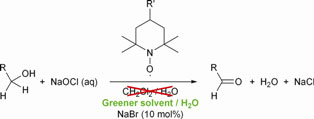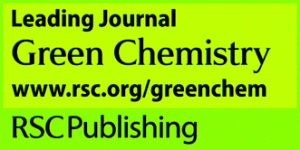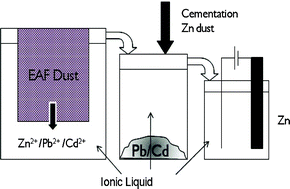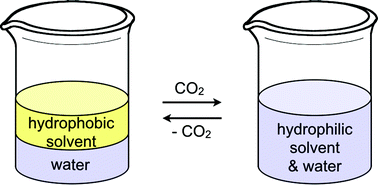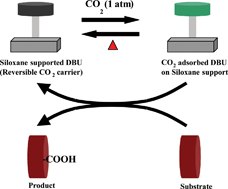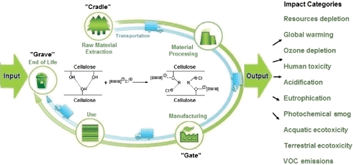This month sees the following articles in Green Chemistry that are in the top ten most accessed:-
Glycerol dehydration to acrolein in the context of new uses of glycerol
Benjamin Katryniok, Sébastien Paul, Virginie Bellière-Baca, Patrick Rey and Franck Dumeignil
Green Chem., 2010, 12, 2079-2098, DOI: 10.1039/C0GC00307G, Critical Review
Synthesis of sugar alcohols by hydrolytic hydrogenation of cellulose over supported metal catalysts
Hirokazu Kobayashi, Yukiko Ito, Tasuku Komanoya, Yuto Hosaka, Paresh L. Dhepe, Koji Kasai, Kenji Hara and Atsushi Fukuoka
Green Chem., 2011, Advance Article, DOI: 10.1039/C0GC00666A, Paper
Synergy of boric acid and added salts in the catalytic dehydration of hexoses to 5-hydroxymethylfurfural in water
Thomas S. Hansen, Jerrik Mielby and Anders Riisager
Green Chem., 2011, 13, 109-114, DOI: 10.1039/C0GC00355G, Paper
Synthesis of thermoplastic starch mixed esters catalyzed by the in situ generation of imidazolium salts
André Lehmann, Bert Volkert, Mehdi Hassan-Nejad, Tonino Greco and Hans-Peter Fink
Green Chem., 2010, 12, 2164-2171, DOI: 10.1039/C0GC00366B, Paper
ß-cyclodextrin catalysed synthesis of tryptanthrin in water
Atul Kumar, Vishwa Deepak Tripathi and Promod Kumar
Green Chem., 2011, 13, 51-54, DOI: 10.1039/C0GC00523A, Communication
Eco-friendly liquid chromatographic separations based on the use of cyclodextrins as mobile phase additives
Víctor González-Ruiz, Andrés G. León, Ana I. Olives, M. Antonia Martín and J. Carlos Menéndez
Green Chem., 2011, 13, 115-126, DOI: 10.1039/C0GC00456A, Paper
An efficient copper-catalysed aerobic oxybromination of arenes in water
Jian Wang, Wei Wang and Jing-Hua Li
Green Chem., 2010, 12, 2124-2126, DOI: 10.1039/C0GC00328J, Communication
Waste materials – catalytic opportunities: an overview of the application of large scale waste materials as resources for catalytic applications.
M. Balakrishnan, V. S. Batra, J. S. J. Hargreaves and I. D. Pulford
Green Chem., 2011, 13, 16-24, DOI: 10.1039/C0GC00685H, Tutorial Review
A green protocol for palladium-catalysed Suzuki-Miyaura cross-coupling
Alexander N. Marziale, Dominik Jantke, Stefan H. Faul, Thomas Reiner, Eberhardt Herdtweck and Jörg Eppinger
Green Chem., 2011, 13, 169-177, DOI: 10.1039/C0GC00522C, Paper
Selective hydrogenolysis of biomass-derived xylitol to ethylene glycol and propylene glycol on supported Ru catalysts
Jiying Sun and Haichao Liu
Green Chem., 2011, 13, 135-142, DOI: 10.1039/C0GC00571A, Paper
Why not take a look at the articles today and blog your thoughts and comments below.
Fancy submitting an article to Green Chemistry? Then why not submit to us today or alternatively email us your suggestions.
Comments Off on Top ten most accessed articles in December












